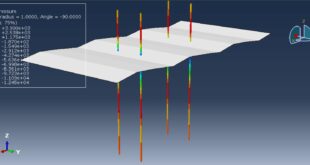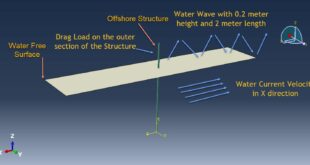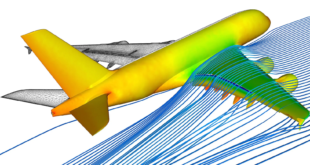In this tutorial, the Strengthening of reinforced concrete columns incorporating different configurations of stainless-steel plates has been investigated. The concrete column, steel plates, and rods are modeled as three-dimensional solid parts. The steel bar and strips are modeled as wire parts. You can see figures of the assembled parts below
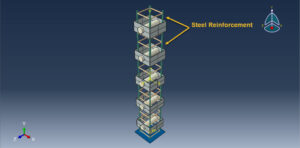
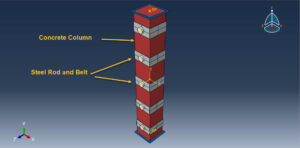
Reinforced concrete (RC) structures can require strengthening and rehabilitation over their service life due to deterioration, changes in usage, or deficiencies in the original design. Fiber-reinforced polymer(FRP) composites are often used to repair and retrofit RC elements. additional jacketing using the steel tube known as concrete-filled steel tubular (CFST) columns is also used. However, CFST columns often face issues with corrosion problem when exposed to harsh environments whereas jacketing using FRP is very expensive. Due to its high strength, durability, and ductility, there is growing interest in utilizing stainless steel for these applications. Stainless steel possesses beneficial properties including high durability, corrosion resistance, and easy maintenance. However, the high cost of stainless steel has limited its widespread use as a structural material. Recent research has explored using stainless steel as part of composite members, such as concrete-filled stainless steel tubular columns, to take advantage of its properties while reducing costs. Experimental studies on short and slender concrete-filled stainless steel tubular columns under axial and axial-flexural loading have demonstrated good performance as structural members. Additional tests on steel-concrete composite columns with stainless steel confinement tubes have shown increases in load capacity owing to the confinement of the concrete
Concrete is a brittle material and Abaqus considers many material models for that, the Concrete Damaged Plasticity is a good approach to consider compression and tension damage. The elastic-plastic model is considered for all steel parts
The general static step is selected with some changes in the convergence model. Proper interactions and constraints are used to define the interaction among all parts. A fixed boundary condition is applied to the bottom of the column and loaded to the top. The mesh should be fine for all parts
After the simulation, all results such as stress, strain, tension and compression damage, steel plate deformation, force-displacement diagram, and others are available. You can see some figures of the results below
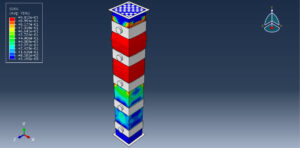
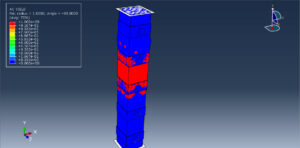
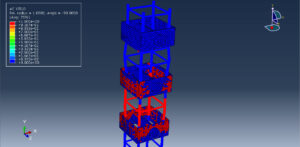
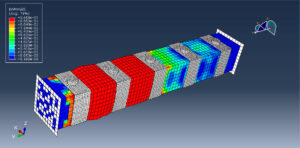
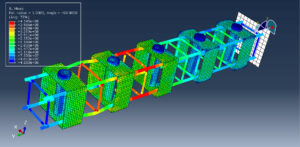
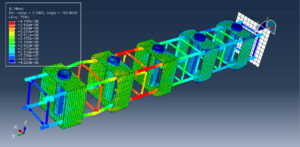
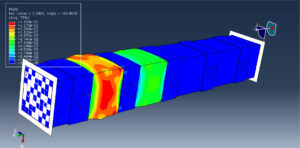
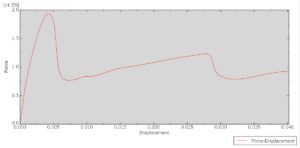
You can provide this simulation’s CAE, INP, and English video files here. The cost of these files is Twenty-Six Euros. you can click on the bellow bottom to begin the process
You can purchase the tutorial through a PayPal account, a Visa, or a Master card, just before payment, send me an email to this address: karampourp@gmail.com
 Abaqus tutorials Abaqus tutorials
Abaqus tutorials Abaqus tutorials
